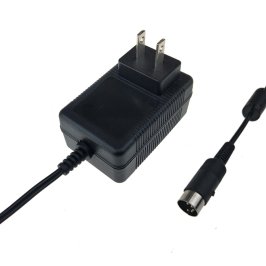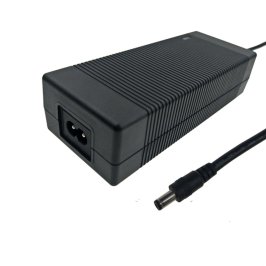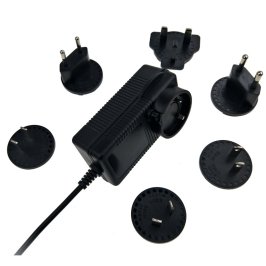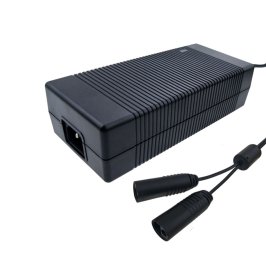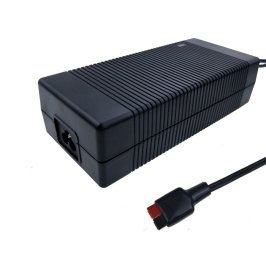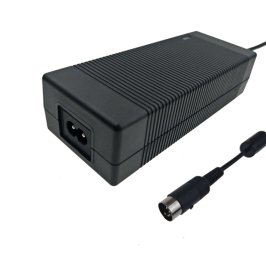This article provides an overview of battery charging methods and modern battery technology to give readers a better understanding of the batteries used in portable devices. The chemical properties of nickel-cadmium (NiCd) batteries, nickel-hydrogen (NiMH) batteries, and lithium-ion (Li+) batteries are described. A single-cell lithium-ion and lithium-polymer battery protection chip is also introduced.
The one-shot battery also called a non-rechargeable battery or a primary battery generates electrical energy from a one-way chemical reaction of the battery. The discharge of the primary battery causes a permanent and irreversible change in the chemical composition of the battery. However, rechargeable batteries, also known as secondary batteries, can be discharged in applications or charged by a charger, such as the
21v battery charger. Therefore, the secondary battery stores energy instead of generating energy.
The charge and discharge currents (amperes) are usually expressed in multiples of the rated capacity of the battery and are called the charge rate (C-rate). For example, for a battery rated at 1 amp (Ah), the discharge current of C/10 is equal to 1Ah/10 = 100mA. The rated capacity of the battery (Ah or mAh) is the electrical energy that the battery can store (produce) when it is fully discharged under specified conditions. Therefore, the total energy of the battery is equal to the capacity multiplied by the battery voltage in watt-hours.
No battery can store energy permanently. The battery is inevitably in a chemical reaction and slowly degraded, resulting in a reduction in stored electricity. The ratio of battery capacity to weight (or volume) is called the energy density of the battery. High energy density means that more energy can be stored in a given volume and weight of a battery.
 English
English  日本語
日本語  한국어
한국어  français
français  Deutsch
Deutsch  Español
Español  italiano
italiano  русский
русский  português
português  العربية
العربية  中文
中文
